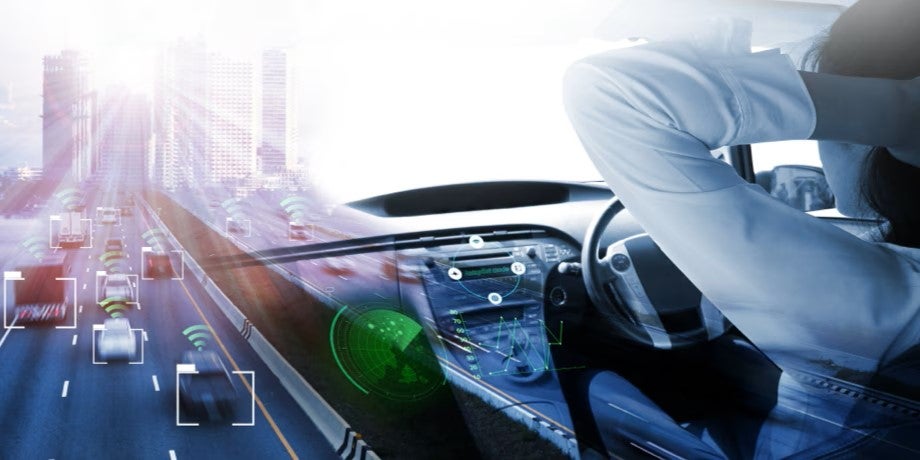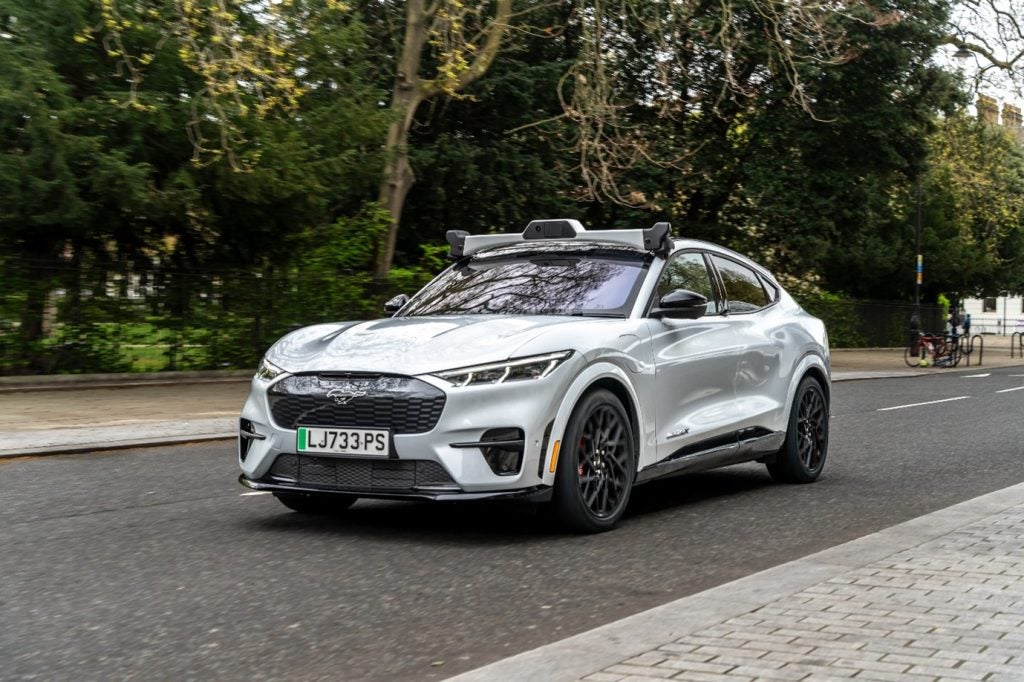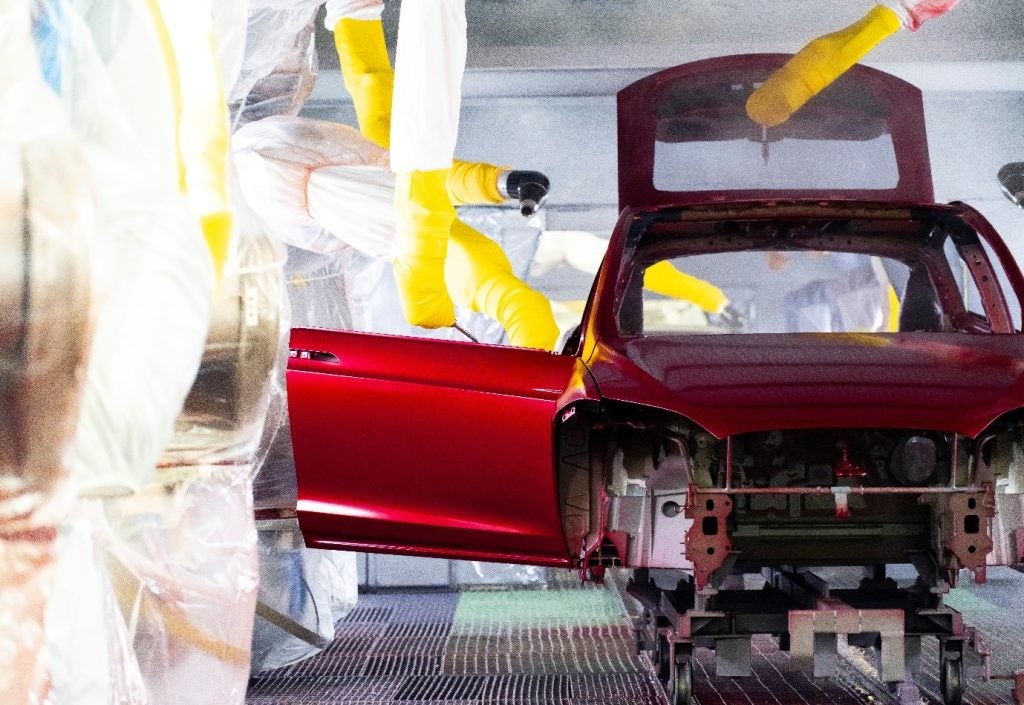When it comes to the subject of electric vehicles (or electromobility), MARii often references the “well to wheel” approach – in which power generation, manufacturing, service life and disposal must be taken into account without isolation of any of these aspects.
While mainstream discussion surrounding EVs revolves mainly around consumer and producer issues (charging, range and production), the pace in which the ASEAN region moves in the areas of electrification are benchmarked against more “successful” markets, despite its market uniqueness and peculiarities.
How well do you really know your competitors?
Access the most comprehensive Company Profiles on the market, powered by GlobalData. Save hours of research. Gain competitive edge.

Thank you!
Your download email will arrive shortly
Not ready to buy yet? Download a free sample
We are confident about the unique quality of our Company Profiles. However, we want you to make the most beneficial decision for your business, so we offer a free sample that you can download by submitting the below form
By GlobalDataAlthough public (or market) awareness drives the decision for businesses to jump on the EV bandwagon, there are larger issues that governments must consider beyond the simplified “jump to cleaner energy” campaign.
Unbeknownst to many, Malaysia’s involvement in electric vehicles started in the previous century – through a venture called Perusahaan Otomobil Elektrik Malaysia (POEM) back in 1997. The first model launched was an electric utility vehicle called the ElekSuria, which could run 120km on a single charge using lead-acid batteries.
Unfortunately, this maiden attempt to locally manufacture EVs was short-lived, due to the currency crisis at that time, as well as EV technologies available at the time placing limitations for EVs in a market where cheap costs of fuels retarded any foreseeable benefits for the consumer.
The next push towards electric vehicles was introduced in the 3rd version of the National Automotive Policy (NAP 2014). While pursuing the manufacture of electric vehicles, the government allowed for a temporary hiatus of import duties for hybrids and EVs (ending in 2017), as well as a collaborative effort between numerous government agencies to encourage EV sharing programmes. At the same time, the country was undergoing a restructuring of fuel subsidies, and by the turn of the decade, had eliminated market spikes due to fuel price hikes – something that was common (and highly politicised) in previous times.
This in turn sparked the first cluster of EV charging stations around the Klang Valley as well as key EV hotspots in major cities and highway stops in Peninsula Malaysia.
However, there was one issue tied to range anxiety for consumers – in which the switch to electromobility required not just a change in powertrain, but also the EV lifestyle. While it would take an average of 4 minutes to pump your internal combustion vehicle full of petrol, it would take a few hours to fully charge an EV. As it was only practical to charge your car at home (or at your destination, if charging facilities are available), the utility of EVs were limited to basic commute from home to work, assuming you lived within practical range of your workplace.
Rapid charging technology soon became a reality, and if we looked retrospectively, it would have been a tough pill to swallow if we had actually invested aggressively in “slow chargers” from the beginning. This also poses the clinching question – if technology can be rendered obsolete in a matter of years, what would be the perfect time to invest aggressively?
Furthermore, if we look at the “well” mentioned above – the source of power must also be of a sustainable nature. Malaysia must find itself transitioning to from fossil-based (natural gas and coal) sources of power generation, and move towards alternative sources to avoid simply transferring the burning of fossil fuel from the vehicle to the power plant.
Therefore, the main challenge of creating awareness among the consumer in purchasing EVs must move beyond a simple environmental perspective, but also a nationwide lifestyle transition that is sustainable – both economically and also environmentally.
One of the main challenges has been Malaysia’s high dependence on fossil fuels, in particular low costs of fuel, in which a transition to electromobility poses a natural inconvenience when upfront costs of owning an EV is insurmountable for the masses. This causes the EV market to be playable only within the top half of the market, where consumers have the purchasing power to absorb the costs of more expensive EVs, and regain the benefits from zero emissions over a longer period of time.
From a manufacturing point of view, the NAP 2020 aims to accelerate the penetration of Next Generation Vehicles (NxGV), beginning with the local development numerous critical components that includes EV specific technologies such as battery management systems (BMS), on-board charging and its related components, alongside the development of standards and regulations that are compliant with global standards (more details can be referred in previous articles in this column).
Parallel to the NAP 2020 is also the recent announcement of the Low Carbon Mobility Blueprint 2021-2030, that would focus on developing the necessary charging infrastructure and tax incentives for the purchase of EVs. The framework is currently at its final approval stages at the top levels of Malaysia’s government.
The main advantage of EVs is its lower cost of maintenance, which also reduces the burdens of a replacement market supply chain transformation. However, the main challenge here would be the training the current aftersales workforce to transition into sales, services and repairs of new technologies that reside in EVs and its components.
Overall, Malaysia has learned from its past experience in pacing its EV programme based on developments along the “well to wheel” – in which parallel progress must be seen throughout the EV value chain and not just from a manufacturing perspective only.
Government policy, manufacturing technology, consumer awareness and lifestyle infrastructures are currently being developed hand in hand to ensure a sustainable transition to electromobility can be achieved by the next decade.
The writer is the chief executive officer of Malaysia Automotive, Robotics and IoT Institute (MARii).










Related Company Profiles
Asean Limited
EVS, Inc.